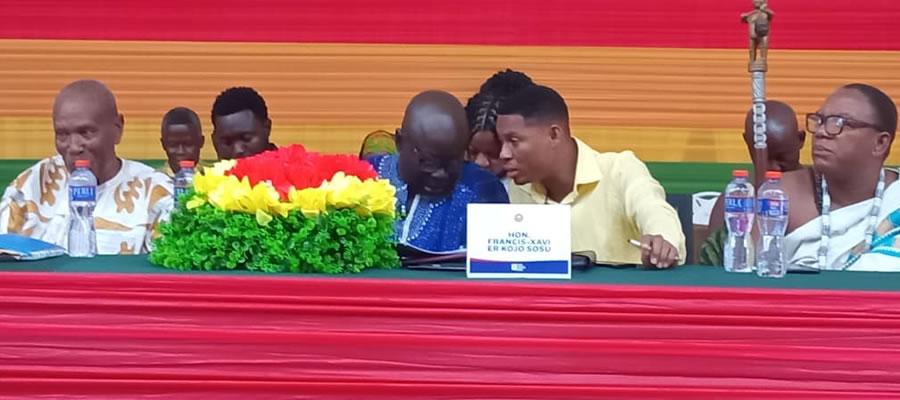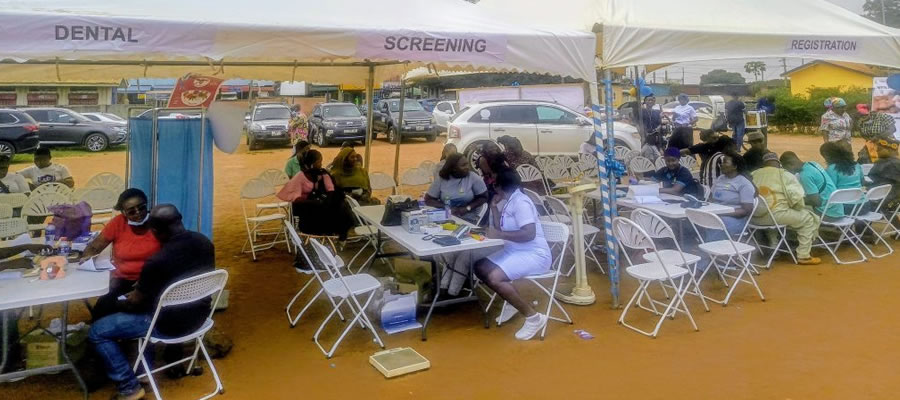

The indigenous people of the La Nkwantanang Madina Municipality are Ga Dangmes and the main language spoken is Ga-Adangbe. There are two main Traditional Areas; namely the La Traditional Area and the Teshie Traditional Area. In addition to these major traditional divisions, there are other areas in the Municipality whose historical allegiance is to other groups.
All these are part of the indigenous Ga-Dangme people who settled in the area in the 16th and 17th Centuries covering a large area from the coast to the southern edge of the Akwapim – Togo Range. It is mainly a patrilineal society. Their livelihoods traditionally are farming and trading.
There are large groups of settler communities who have evolved their own systems of organization heavily influenced by their cultural heritage. The settler communities comprises of 4 settlers who were settled in the area in the late 1950s and come from the Gonja, Dagomba, Wala, Frafra, and Hausa stock.
These communities have evolved to become almost indigenous by establishing firm roots in the area. Other ethnic groups in the Municipality are Akans, Ewes, Nzema’s and Guans among others. The indigenes are the La people and they celebrate the Homowo festival. However, due to the cosmopolitan nature of the Municipality many other ethnic minority tribes also celebrate their own festivals.
Ethnicity
Ethnicity refers to the ethnic group that a person belonged to. This information is collected only from Ghanaians by birth and Ghanaians with dual nationality. The classification of ethnic groups in Ghana is that officially provided by the Bureau of Ghana Languages and which has been in use since the 1960 census.
Religion
Religion refers to the individual’s religious affiliation as reported by the respondent, irrespective of the religion of the household head or the head’s spouse or the name of the person. No attempt was made to find out if respondents actually practiced the faith they professed.
Date Created : 12/4/2017 7:24:07 AM









 facebook
facebook
 twitter
twitter
 Youtube
Youtube
 +233 593 831 280
+233 593 831 280 0800 430 430
0800 430 430 GPS: GE-231-4383
GPS: GE-231-4383 info@ghanadistricts.com
info@ghanadistricts.com Box GP1044, Accra, Ghana
Box GP1044, Accra, Ghana